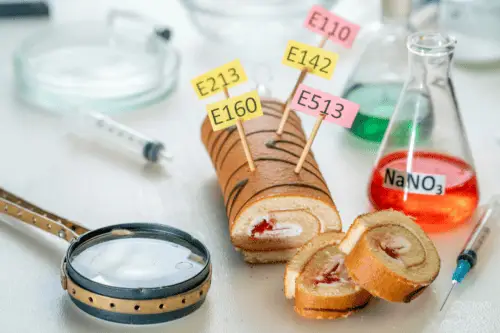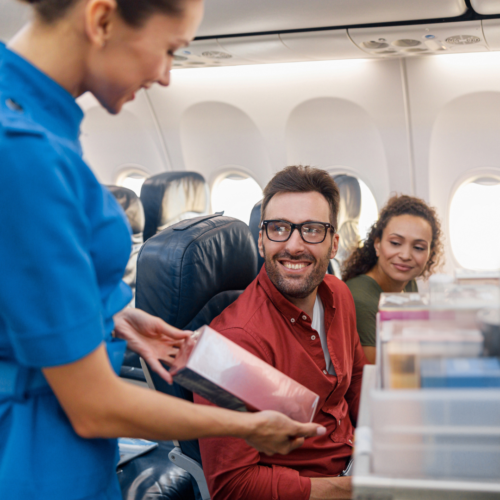FDA Food Packaging Regulations
 Food packaging is designed to attract attention while protecting and preserving the products inside. With such an important role to play, it’s essential the packaging itself does not change or harm the food product.
Food packaging is designed to attract attention while protecting and preserving the products inside. With such an important role to play, it’s essential the packaging itself does not change or harm the food product.
FDA regulations for food packaging ensure the materials used for packaging do not create a health hazard or change the taste, smell, or composition of the food. It’s a matter of public health, and it’s a primary consideration for food manufacturers when they are designing their product packaging.
Types of FDA Food Packaging Regulations
Just like the FDA regulates ingredients like colors, flavors, and preservatives that are added directly to the food, they also regulate substances that come in contact with and may transfer to the food. The FDA mandates that each of these categories of food additives and packaging be safe for consumers:
- Direct Food Additives: These additives, like flavors and preservatives added directly to the food, must be scientifically shown to cause no harm to humans. The FDA regulates the ingredients, the amounts in which they’re used, and how they’re identified on food labels.
- Indirect Food Additives: These include plastics, cardboard, dyes, and colorants used for packaging graphics, adhesives, and special substances used to prevent grease from leaking through a package or to prevent a product from sticking to the package. Since trace amounts of these substances may migrate to the food, it must be shown they are not a risk to human health in those amounts.
- Food Contact Substances: Some food contact substances, like packaging materials, dyes, adhesives, cookware, food preparation surfaces, and more, can become indirect food additives if the substances migrate onto the food product. These surfaces must also not pose a risk to human health.
How to Comply With FDA Food Packaging Regulations
Complying with food packaging regulations comes down to three key points:
- Use FDA-approved food additives. The FDA maintains a list of nearly 4,000 substances that are approved for use in food, as well as ingredients that used to be allowed but are no longer approved.
- Use food contact substances that are generally recognized as safe (GRAS). These substances are already approved as unlikely to cause any harm when used as intended and do not require additional review by the FDA.
- Use the right product labels on your packaging. Even if you use all the right ingredients, you’re not compliant with regulations unless you label them appropriately.
Your Food Is Safe With Econo-Pak
At Econo-Pak, we operate under FDA regulations to ensure safe, compliant, high-quality packaging for your food products. Our quality control system is independently audited on a regular basis, and we’ve earned a wide range of certifications, including:
- Food and Drug Administration Certified (FDA Compliant)
- Organic Certified by Baystate Organic Certifiers
- Gluten-Free Certified by the Gluten Intolerance Group of North America
- Safe Quality Food Certified (SQF Level 3)
- Kosher OU-D (Orthodox Union Certified)
- Costco Safety and Quality Audit Certified
When you work with Econo-Pak, you enjoy peace of mind in knowing your food will be packaged compliantly. To learn more about FDA regulations for food packaging, see these resources:
- Food Ingredients & Packaging (FDA)
- Substances Added to Food Inventory List (FDA)
- Understanding How the FDA Regulates Food Additives and GRAS Ingredients (FDA)
- Key Factors to Consider When Selecting Packaging Materials (Econo-Pak)
- The Importance of Product Labels (Econo-Pak)
To learn more about FDA food packaging regulations and why Econo-Pak should be your next contract packager, request a quote today.
Let's start scaling.
Is your demand outpacing your ability to package your own product? Then consider outsourcing with Econo-Pak.
With over 40 years of experience working with both small brands and Fortune 500 companies, we are capable of handling your specific dry food product.
Get in touch with our team for a fixed-price quote for your project.




